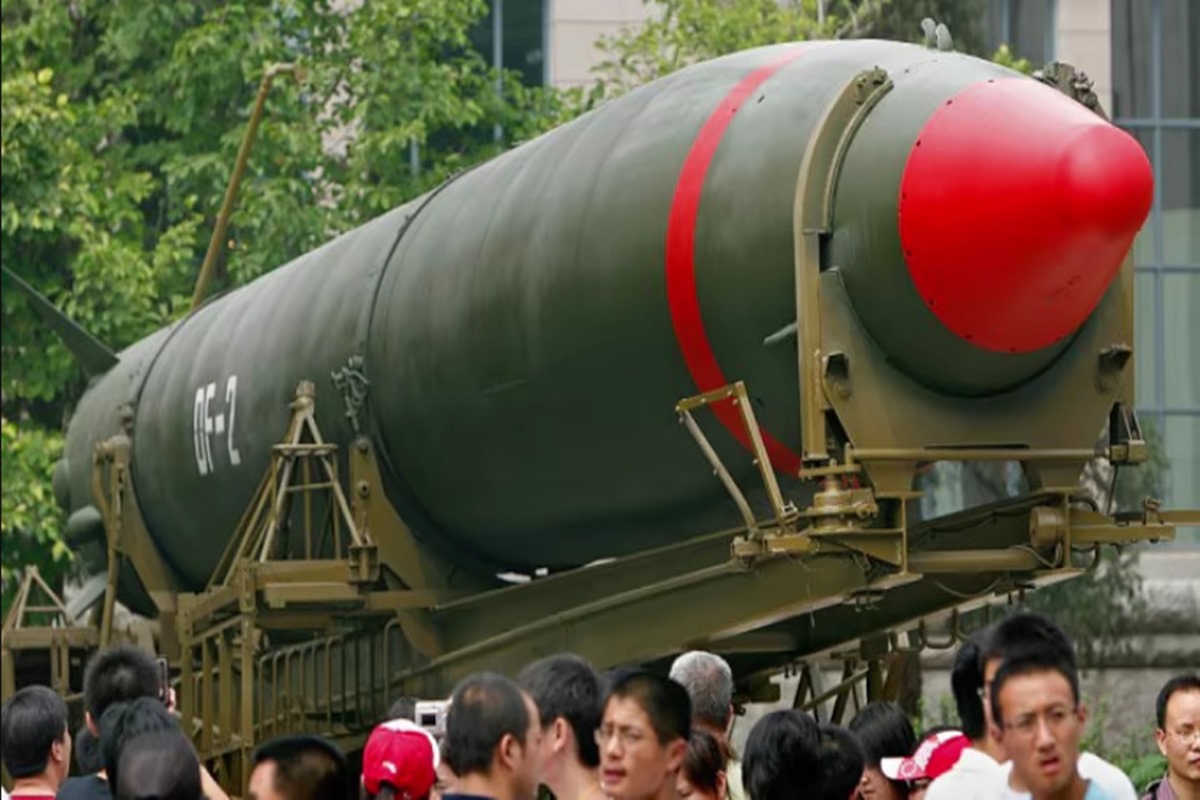Sinner leads Italy to Davis Cup semifinals; Australia edges past USA
Defending champions Italy advanced to the Davis Cup semifinals on Thursday after defeating Argentina 2-1, with world No 1 Jannik Sinner winning the singles and doubles match.
The report highlights China’s ongoing efforts to bolster its nuclear capabilities, anticipating rapid modernization, diversification, and expansion within the next decade.

China possesses a considerable arsenal of over 500 nuclear bombs and is actively engaged in the development of advanced Inter-Continental Ballistic Missiles (ICBMs), as revealed in the recent Pentagon report to the US Congress. The report highlights China’s ongoing efforts to bolster its nuclear capabilities, anticipating rapid modernization, diversification, and expansion within the next decade.
The People’s Republic of China is in the process of creating new ICBMs that will significantly enhance its nuclear missile capabilities. This progression necessitates an increase in the production of nuclear warheads, partly due to the introduction of multiple independently targetable reentry vehicle (MIRV) capabilities.
Notably, the Pentagon report speculates that China might be exploring the development of conventionally-armed intercontinental-range missile systems, which would enable them to potentially execute conventional strikes on targets within the continental United States, Hawaii, and Alaska.
Advertisement
The deployment of conventionally armed ICBMs bears potential risks to strategic stability, a point emphasized in the report. What distinguishes the current phase of China’s nuclear modernization from previous attempts a decade ago is the sheer magnitude and complexity of these efforts. China is significantly expanding its land, sea, and air-based nuclear delivery platforms, alongside making substantial investments in the infrastructure necessary for further expansion of its nuclear capabilities.
As of May 2023, it is estimated that China’s nuclear stockpile consisted of more than 500 operational nuclear warheads. The US Department of Defense projects a notable increase, estimating that China will possess over 1,000 operational nuclear warheads by 2030. These warheads are expected to be maintained at higher readiness levels, and China intends to continue expanding its nuclear force until 2035. This aligns with China’s overarching objective of achieving the fundamental completion of its military modernization by 2035, a crucial milestone on the path towards President Xi Jinping’s vision of a world-class military by 2049.
In summary, China’s ongoing nuclear developments have reached an unprecedented scale and complexity. Their efforts encompass the creation of new ICBMs, an increase in the production of nuclear warheads, and the potential exploration of conventionally-armed intercontinental missile systems. The implications of these advancements, both in terms of strategic stability and global security, are matters of concern that warrant close attention.
Advertisement